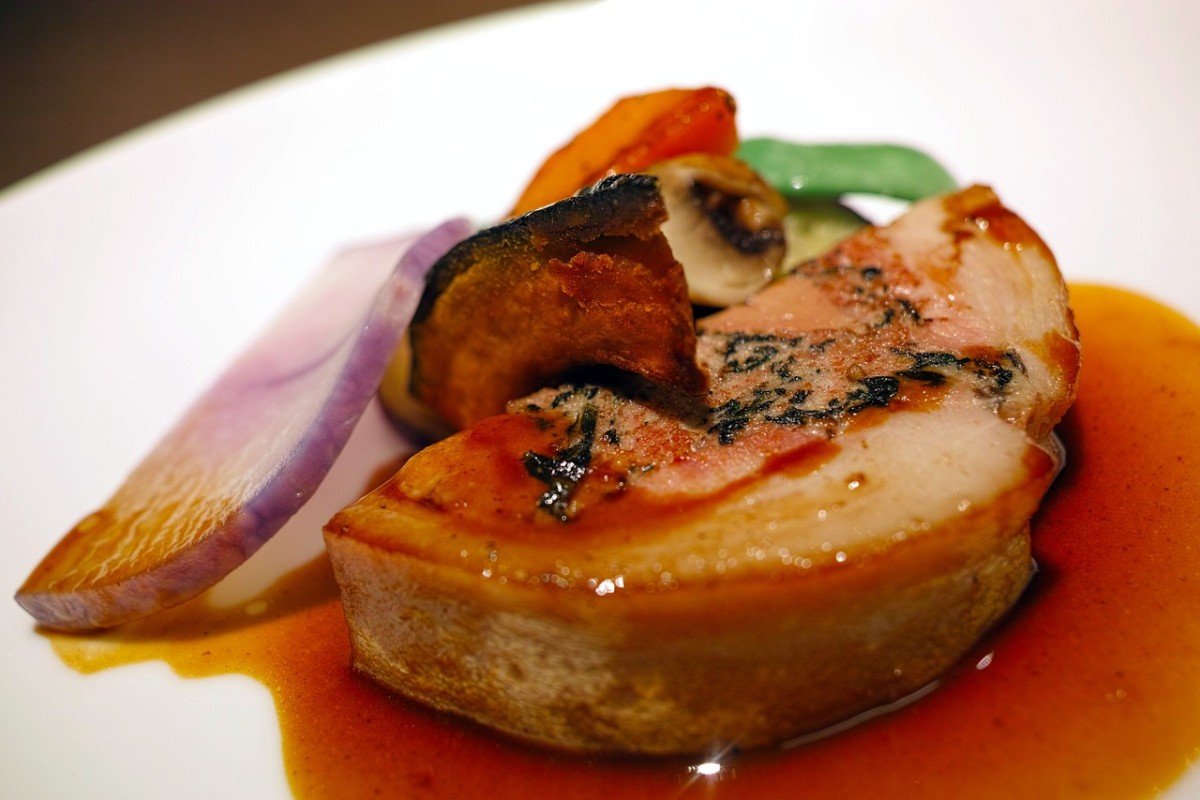Duck foie gras is a delicacy that has captured the hearts and palates of food lovers around the world. But what exactly is foie gras? The term itself is French for "fat liver." It refers to a luxurious product made from the liver of ducks or geese that have been specially fattened through a process called "gavage," which involves feeding the birds a high-starch diet. This process creates a rich, buttery flavor and a smooth, velvety texture that sets foie gras apart from other pâtés.
One of the most popular types of foie gras comes from duck, particularly the Moulard breed, which is known for its robust flavor. Duck foie gras is often considered to be more approachable than its goose counterpart, offering a slightly gamier taste that many find delightful. It can be served in various forms, from pâté and terrines to seared slabs on a plate, each preparation bringing out unique qualities of the meat.
Aside from its exquisite taste, duck foie gras has a deep-rooted tradition in French cuisine. It is often showcased during special occasions, such as holidays and celebrations, adding an air of sophistication to any meal. Pairing it with sweet accompaniments like fruit preserves, honey, or a drizzle of balsamic glaze can enhance its natural richness, creating an unforgettable dining experience.
For those new to duck foie gras, trying it for the first time can be a remarkable culinary adventure. Whether enjoyed on a toasted baguette, as part of a gourmet charcuterie board, or as the star of a fine dining dish, this delicacy is sure to leave a lasting impression. Its unique flavor and texture open up a world of possibilities for innovative cooking and tasteful pairings, making it a beloved staple in gourmet kitchens around the globe.
The Process of Making Foie Gras
Making foie gras is an intricate process that begins with the careful selection of ducks, typically the Moulard or Pekin breeds. These ducks are chosen for their ability to produce a rich, buttery liver that is the hallmark of high-quality foie gras. Once selected, the ducks are raised in a controlled environment, ensuring they are healthy and stress-free throughout their lives.
The next vital step is the feeding process, known as "gavage." During this phase, the ducks are fed a special diet, primarily consisting of high-starch grains. This diet aims to promote rapid weight gain, particularly in the liver, which can swell to several times its normal size. It’s important to note that this process is highly regulated, and various animal welfare organizations monitor the practices to ensure ethical treatment of the animals.
After several weeks of feeding, the ducks are ready for processing. The livers are harvested and must be handled delicately to maintain their texture and flavor. Once extracted, the livers are cleaned and sorted based on size and quality. The finest livers are then prepared for cooking, often seasoned simply with salt and pepper to enhance their natural richness.
Finally, the prepared foie gras can be served in various forms, such as pâté, mousse, or seared slices. Its luxurious, creamy texture and complex flavor make it a sought-after delicacy in gourmet cuisine. Whether enjoyed on a slice of toasted brioche or paired with a sweet fruit chutney, foie gras remains a delightful indulgence for many food enthusiasts. The artistry involved in its creation reflects the deep-rooted culinary traditions that celebrate this unique dish.
How to Taste Foie Gras
Tasting foie gras is a delightful experience that begins with understanding its unique qualities. This rich delicacy, made from the liver of specially fattened ducks, is celebrated for its smooth and buttery texture. To truly appreciate its flavors, you should first allow the foie gras to reach room temperature. This step enhances its taste and texture, making it easier to savor the complexities that unfold on your palate.
When you're ready to taste, consider how you serve it. Foie gras can be enjoyed on its own, or paired with sweet accompaniments like fig jam or fruit compote. A simple slice on a toasted baguette highlights its creamy richness. Take a moment to observe its appearance—notice the beautiful, golden hues. Then, take a small bite, allowing it to melt in your mouth. As you taste, pay attention to the way it combines flavors with the accompaniments, creating a delightful balance of savory and sweet.
Don’t rush the experience! Foie gras is best enjoyed in small portions. As you take each bite, reflect on the flavors and aromas. You may notice notes of nuttiness, earthiness, or even hints of sweetness. Pairing it with a glass of Sauternes or another sweet wine can elevate the tasting, enhancing your enjoyment of the dish. Remember, the key is to savor each bite slowly, allowing yourself to be fully immersed in the experience.
Pairing Foie Gras with Food and Drink
Pairing foie gras with the right food and drink can elevate your dining experience to new heights. This luxurious delicacy deserves careful consideration when it comes to its companions. One classic pairing is with sweet accompaniments, such as fruit preserves or chutneys. The sweetness of these additions beautifully contrasts the rich, buttery texture of the foie gras, enhancing its flavor and creating a harmonious balance on the palate.
Additionally, consider serving foie gras with a variety of textures. Crispy toasted bread or brioche can provide a delightful crunch that complements the smoothness of the foie gras. Adding a sprinkle of sea salt can also enhance the dish, bringing out the natural flavors of the duck. For a touch of acidity, pickled vegetables or a light salad can add brightness and freshness, cutting through the richness of the foie gras.
When it comes to beverages, there are some classic choices that pair beautifully with foie gras. A glass of Sauternes wine is often considered a match made in heaven. The wine's sweetness and rich mouthfeel complement the foie gras perfectly. For those who prefer something less sweet, a dry white wine, such as a Chardonnay or a Grauburgunder, can work well by offering a crisp, refreshing contrast. Alternatively, a light-bodied red wine, like a Pinot Noir, can also enhance the flavor profile without overpowering it.
Experimentation is key when pairing foie gras, so don’t hesitate to try different combinations. Whether you prefer sweet, savory, or a mix of both, the goal is to create a delightful experience that highlights the unique qualities of this exquisite dish.

